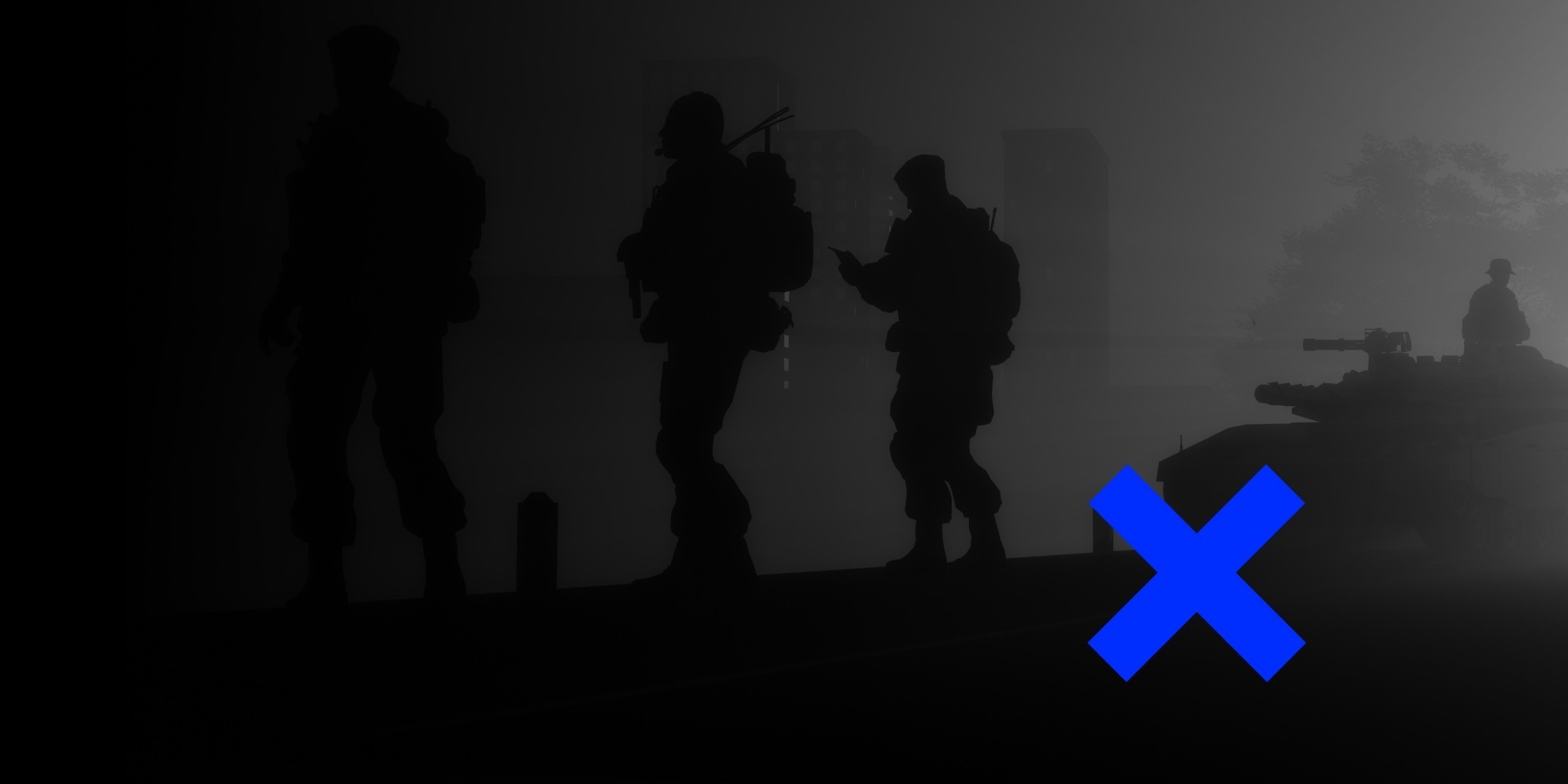The German media Deutschland-Kurier positions itself as an alternative media that conveys “independent and unconventional” opinions silenced by the mainstream media. Is it really so? VoxCheck analyzed its publications for 2021-2022, with a special focus on materials about Ukraine. Factcheck has shown that under the guise of “alternativeness”, the Deutschland-Kurier promotes Russian disinformation, fakes about COVID-19 and vaccination against it, and manipulative materials about climate change.
This article was prepared by the fact-checking organization VoxCheck, in collaboration with the European University Institute, to debunk false claims in the German media and deliver fact-checks to a broad range of audiences.
On August 29, 2022, the Deutschland-Kurier website published an article, “Migration, climate hysteria, gender gaga: what values do WE actually defend in Ukraine, Ms. Baerbock?”. German Foreign Minister Annalena Baerbock is criticized in this article for supporting Ukraine in the war against Russia, particularly for her statement about the need to provide Ukraine with heavy weapons.
In attempts to discredit Ukraine, the authors repeat one of the key narratives of Russian disinformation campaigns: they write about support for Nazism in Ukraine, in particular among the Ukrainian military.
For comparison, at least 543 fakes of Russian propaganda about Nazism in Ukraine have been collected on the EUvsDisinfo website of the European External Action Service’s (East StratCom Task Force).
«Even the mainstream media will not seriously deny that in Ukraine, at least some flirted with National Socialist ideas and still do. The tattoos of members of the Azov regiment documented in pictures (swastikas, SS runes) speak for themselves, as does the openly testified admiration for Wehrmacht collaborator and nationalist Stepan Bandera by the outgoing Ukrainian ambassador in Berlin, Andriy Melnyk», reports Deutschland-Kurier.
Fakes about tattoos with a swastika or other Nazi symbols on the bodies of Ukrainian soldiers, either found dead or captured, are systematically spread by the Russian media. To do this, they either change photos in Photoshop or use old, irrelevant photos. For example, earlier Russian media circulated a photo of a man with a swastika tattoo, which was actually done in a Belarusian prison back in 2005, stating that it was a “medical examination of a Ukrainian prisoner in Donetsk”.
The myth of Nazi-ruled Ukraine has been the cornerstone of Russian disinformation about the country since the very beginning of the 2013-2014 Euromaidan protests when it was used to discredit the pro-European popular uprising in Kyiv. But Nazi and communist ideologies are officially banned in Ukraine.
Like many countries, Ukraine (as well as Russia) has representatives of the far-right (who do not necessarily support the ideology of fascism). Still, these organizations are few and far from having as much support from society and government bodies as the pro-Kremlin media outlets try to portray. During the Revolution of Dignity, most protesters were civilians, with members of radical groups like the Right Sector not amounting to more than a thousand out of eight million. Far-right groups have suffered defeats in every national election after that. In the 2014 presidential election, the candidate from the Right Sector group received 0.7% of the vote. The party did not participate in the 2019 presidential election.
Stepan Bandera, mentioned in the Deutschland-Kurier article, was a prominent figure in the Ukrainian national liberation movement in the 1930s and 1950s, leading the anti-German and anti-Soviet struggle. Later, his name came to symbolize the movement itself. In 1941, he was arrested by the Nazis and put in the Sachsenhausen concentration camp for proclaiming the restoration of the Ukrainian state in Lviv. He refused to cooperate with the Germans. From 1942 to 1944, Bandera was in a German concentration camp, so he could not cooperate with the German military.
In addition, Deutschland-Kurier refers to the article on the Rubicon website, which supposedly “sheds light on the background of the Ukrainian conflict”. However, Rubicon actually repeats the Kremlin’s fake that Ukraine has been in a “civil war” since 2014. This is not true: with the narrative of the so-called “civil war”, Russia has been trying for years to deny its military presence in Donbas and the full control of the puppet separatist regimes — the pseudo-republics of the “DPR” and “LPR”.
In fact, there is abundant evidence of the presence of Russian troops and military equipment in Donbas since 2014, particularly from international organizations, independent observers, and investigators. Russian intervention in eastern Ukraine was also directly confirmed by its participants. Read more about evidence of Russian aggression against Ukraine since 2014 in the VoxCheck article.
On November 17, 2022, the Hague District Court, during the hearing in the case of the downing of the passenger Boeing MH17, stated that it had established a number of facts that prove that Russia controlled the militants in the so-called “DNR”, therefore the court qualified the conflict in Ukraine as international.
Attention
The authors do not work for, consult to, own shares in or receive funding from any company or organization that would benefit from this article, and have no relevant affiliations


